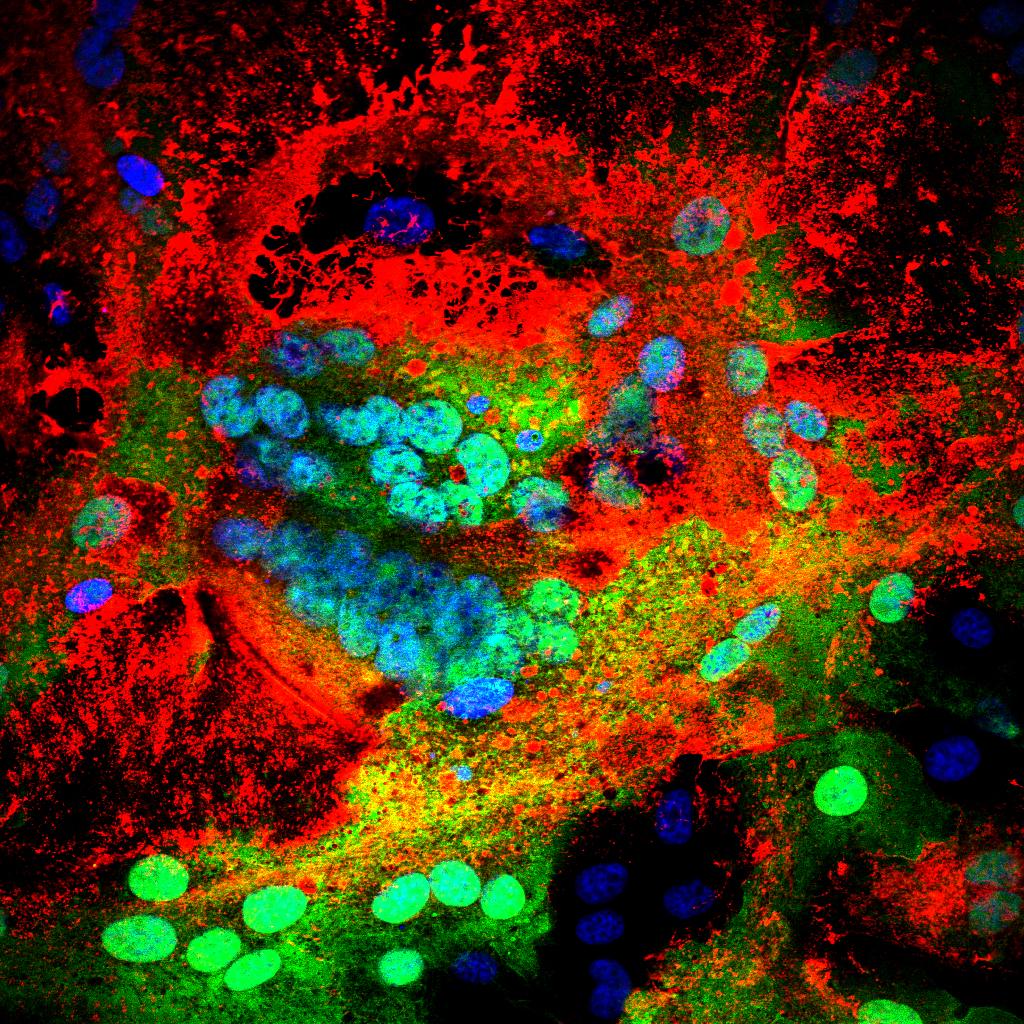Early events following experimental infection with peste-des-petits ruminants virus suggest immune cell targeting
Peste-des-petits ruminants virus (PPRV) is a viral pathogen that causes a devastating plague of small ruminants. PPRV is an economically significant disease that continues to be a major obstacle to the development of sustainable agriculture across the developing world. The current understanding of PPRV pathogenesis has been heavily assumed from the closely related rinderpest virus (RPV) and other morbillivirus infections alongside data derived from field outbreaks. There have been few studies reported that have focused on the pathogenesis of PPRV and very little is known about the processes underlying the early stages of infection. In the present study, 15 goats were challenged by the intranasal route with a virulent PPRV isolate, Côte dIvoire 89 (CI/89) and sacrificed at strategically defined time-points post infection to enable pre- and post-mortem sampling. This approach enabled precise monitoring of the progress and distribution of virus throughout the infection from the time of challenge, through peak viraemia and into a period of convalescence. Observations were then related to findings of previous field studies and experimental models of PPRV to develop a clinical scoring system for PPRV. Importantly, histopathological investigations demonstrated that the initial site for virus replication is not within the epithelial cells of the respiratory mucosa, as has been previously reported, but is within the tonsillar tissue and lymph nodes draining the site of inoculation. We propose that virus is taken up by immune cells within the respiratory mucosa which then transport virus to lymphoid tissues where primary virus replication occurs, and from where virus enters circulation. Based on these findings we propose a novel clinical scoring methodology for PPRV pathogenesis and suggest a fundamental shift away from the conventional model of PPRV pathogenesis.
